Epic Summers: In some mountain villages of Uttarakhand, the Ramleela saga unfolds in the summer months
In Wan, Dumak, Thaing and a few other mountain villages in Uttarakhand, Ravana has to wait till the summer before he is given a fiery send-off.

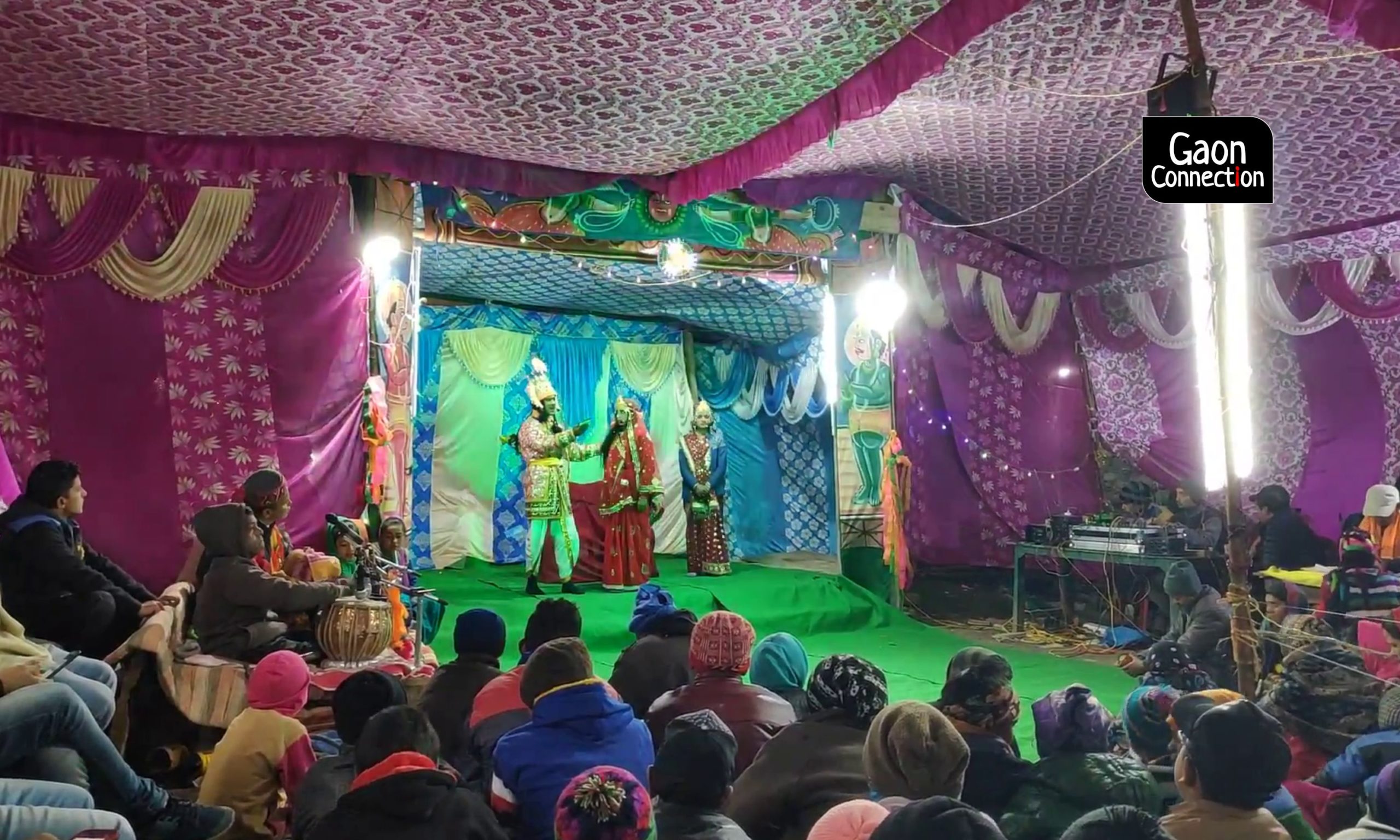
Ramleela is a lovely reminder that winter is around the corner, and that it is time for the nine festive nights of the eagerly-awaited Navratri that falls in October or November. This is when the Ramleela grounds in towns, villages and cities in many parts of India buzz with excitement as people flock there to watch the victory of good over evil, as the 10-headed Ravana is given a fiery send-off.
There are colourful song and dance productions of stories from the epic Ramayana, and the merrymaking concludes with a bang when Ravana’s effigy goes up in flames in a magnificent conflagration. People wrapped up against the cold, cheer and laugh and toss toasty moongphali (peanuts) into their mouths as they watch the epic villain paying for his sins.
Intriguingly, in a few mountain villages such as Dumak, Thaing and Wan in Chamoli district, Uttarakhand, located at a distance of nearly 300 kms from the winter capital of Dehradun, Ravana has a respite of a few months before he meets his fate, because, instead of the winter months, the Ramleela in these villages takes place in the summer, between April and June. But this is a well-kept secret that few know of, not even tour operators! Maybe it is because these villages are so remote.
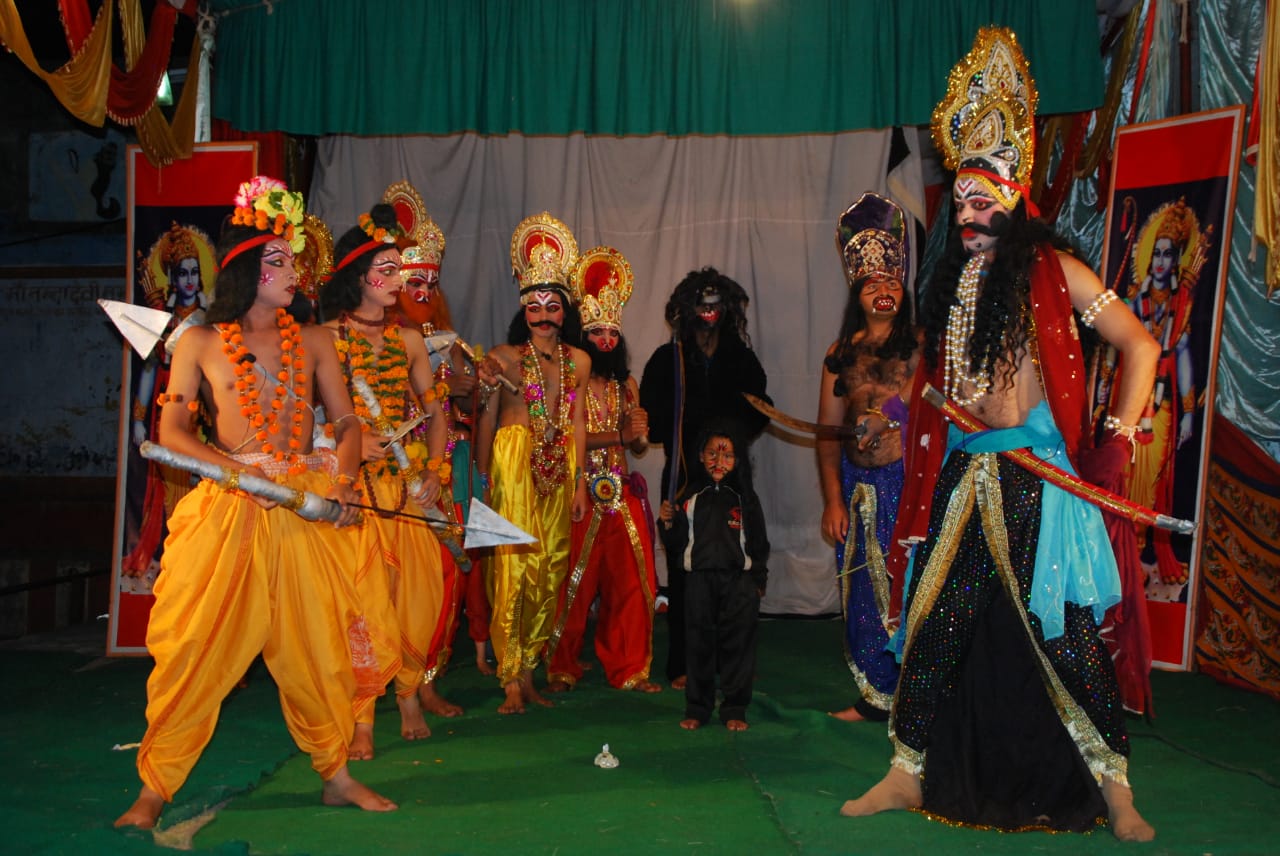
Tradition with a twist
Garmi Ki Ramleela (summer Ramleela) is a rarity in north India and even within Uttarakhand and is limited to only a few pockets. There is not much documentation or mention of it anywhere in historical texts or records. Interestingly, the traditional Ramleela held just before the onset of winter in the Kumaon region of Uttarakhand, goes back 150 years, and is also on UNESCO’s world cultural heritage list.
The summer festival is perhaps more prevalent in the mountain villages of Garhwal and upper Kumaon (the two major regions of Uttarakhand) than it is in the plains, towns or cities. “These areas grow pretty cold by the time Navratri arrives, so it’s not possible for the actors, musicians and audience of the Ramleela to stay out for long hours,” Laxman Negi, a social worker and resident of Chak Urgam Valley of Garhwal told Gaon Connection.
That is the main reason, reiterated Bharat Singh Rana, a retired government official, from Gopeshwar, also in Garhwal. “The Ramleelas in Uttarakhand are mostly performed by children. They have sweet voices and sing in the chorus and act as little Rams, Sitas and Laxmans. It’s not feasible for them to perform in the cold, night after night,” he explained to Gaon Connection.
Wan, located in Dewal block of Garhwal’s Chamoli district, is perhaps one of the last outposts, beyond which lie only swathes of blinding snow, the towering Nanda Devi, and Mount Kailash. By October, the temperatures here are already minus one degree at night, and snowfall is not far away.
“Instead of observing Ramleela during Navratri, we worship the mountain deities such as Nanda Devi and Golu Devata in the daytime,” Devendra Singh Bisht, chairman of Yuva Mangal Dal, which organises Ramleela in Wan, told Gaon Connection. He added that there were no outdoor festivals observed during the cold winter months. “We mostly stay indoors, or sit next to the fire, till the snow starts melting in March or April,” he said.
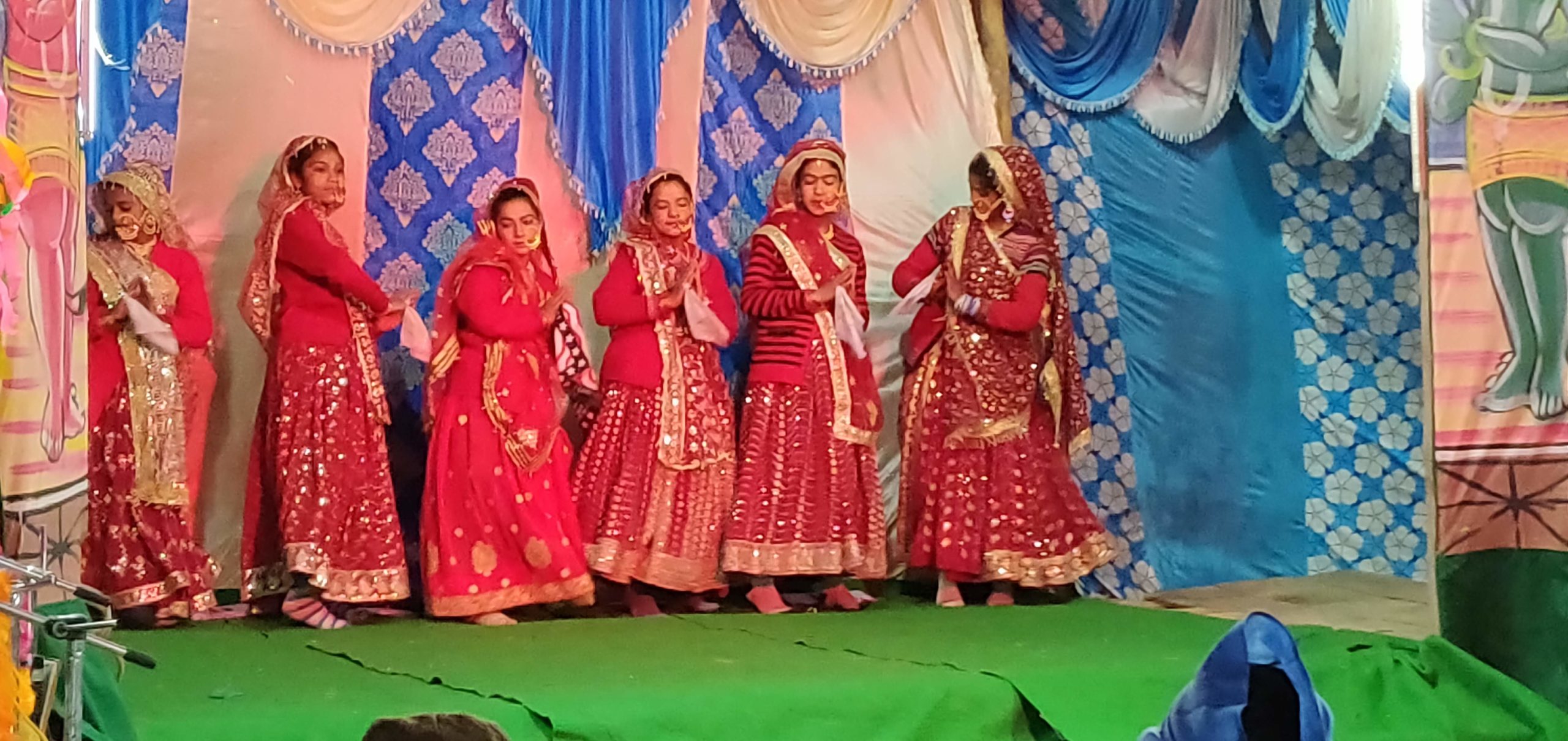
For the love of drama
The Ramleela in Wan started somewhere in the 80s, said Bisht, who is also a tour operator. It was a harmonium teacher from Gauchar, a village 13 kilometres from Wan who wanted to put up a production of the Ramleela with students of the local school. “Since October gets cold, they decided instead to stage it after Ram Navami (Ram’s birthday), which falls in the early summer months. The children were available for rehearsals then as they have their vacations then,” Bisht explained.
Wan’s summer Ramleela began small with the performances being held in the patios of homes, or wherever there was space, with mashals (fire torches) providing the light. The performances were short but now they go on all night, explained Bisht.
In Syun village, Dasoli block, also located in Garhwal’s Chamoli district, the Ramleela goes back a little further to 1975. “Since I had a harmonium in my grocery shop, a music teacher who stopped by suggested that we should do a drama on Satyavaadi Raja Harishchandra,” Bahadur Singh Rawat, a social activist recollected. But, then another music teacher suggested Ramleela. “He thought that the crowd would at least give chanda (donation) in the name of Ram bhakti, and this way, we’d be able to fund future shows,” laughed Rawat at the memory.
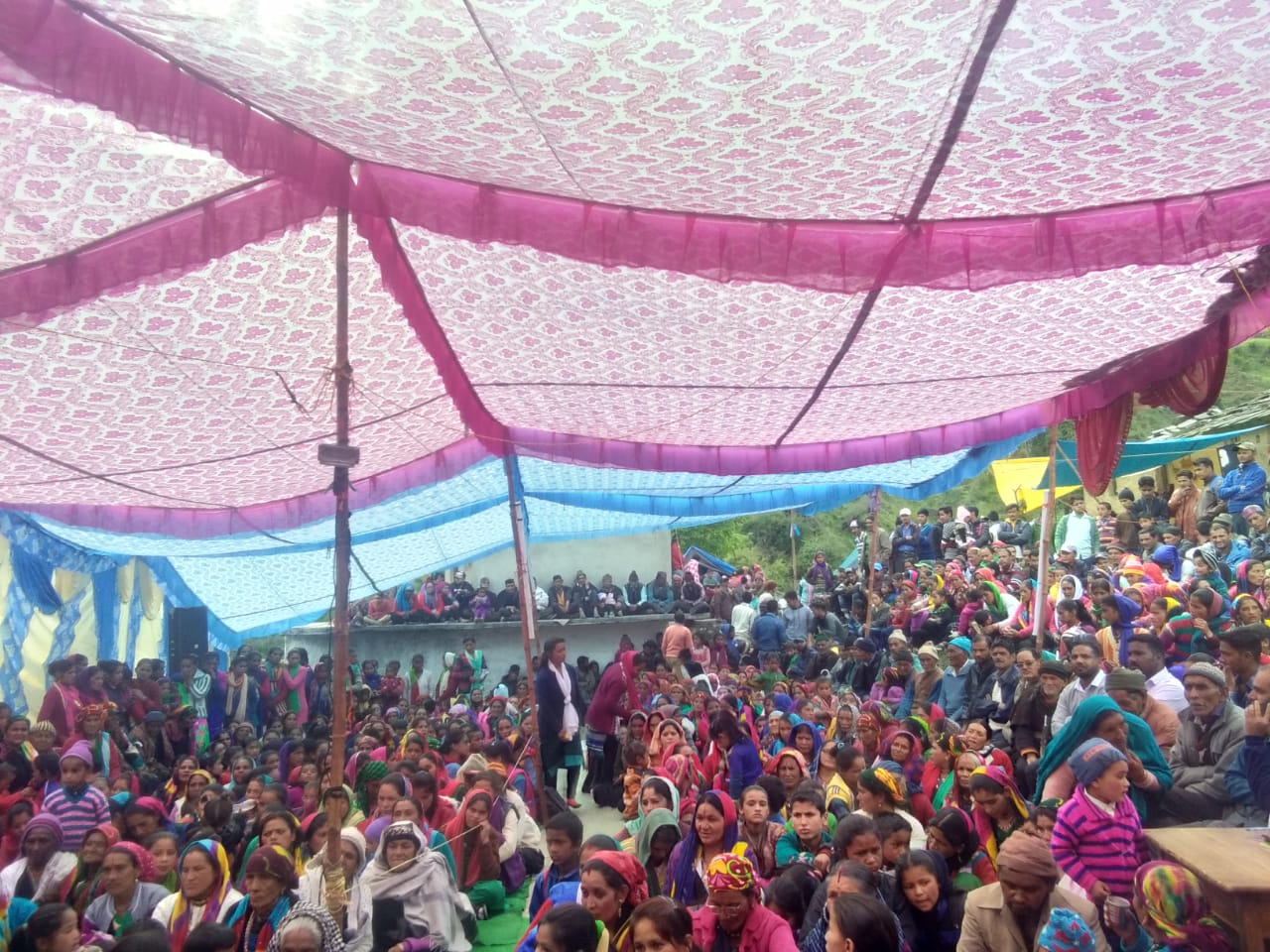
The idea gathered momentum and the children who were sitting at home joined in enthusiastically and staged a three-day show on Sita Swayamvar (where Sita chooses her bridegroom), that went on to become a full-fledged Ramleela by 1977.
But, in 1982, Syun moved its Ramleela to the later half of the year again. “It was interfering with our work. April-May is the time when we harvest wheat and sow rice, so giving time to Ramleela rehearsals day and night was not possible. We actually get free from our farming duties only around Navratri and Dussehra. So, that is why we have our Ramleela after that,” explained 70-year-old Rawat. However, in the villages of Dumak, Kimana, Palla, Ringi, Subhai, Tapovan and Karchon in the neighbouring Joshimath block, the summer tradition continues till today.
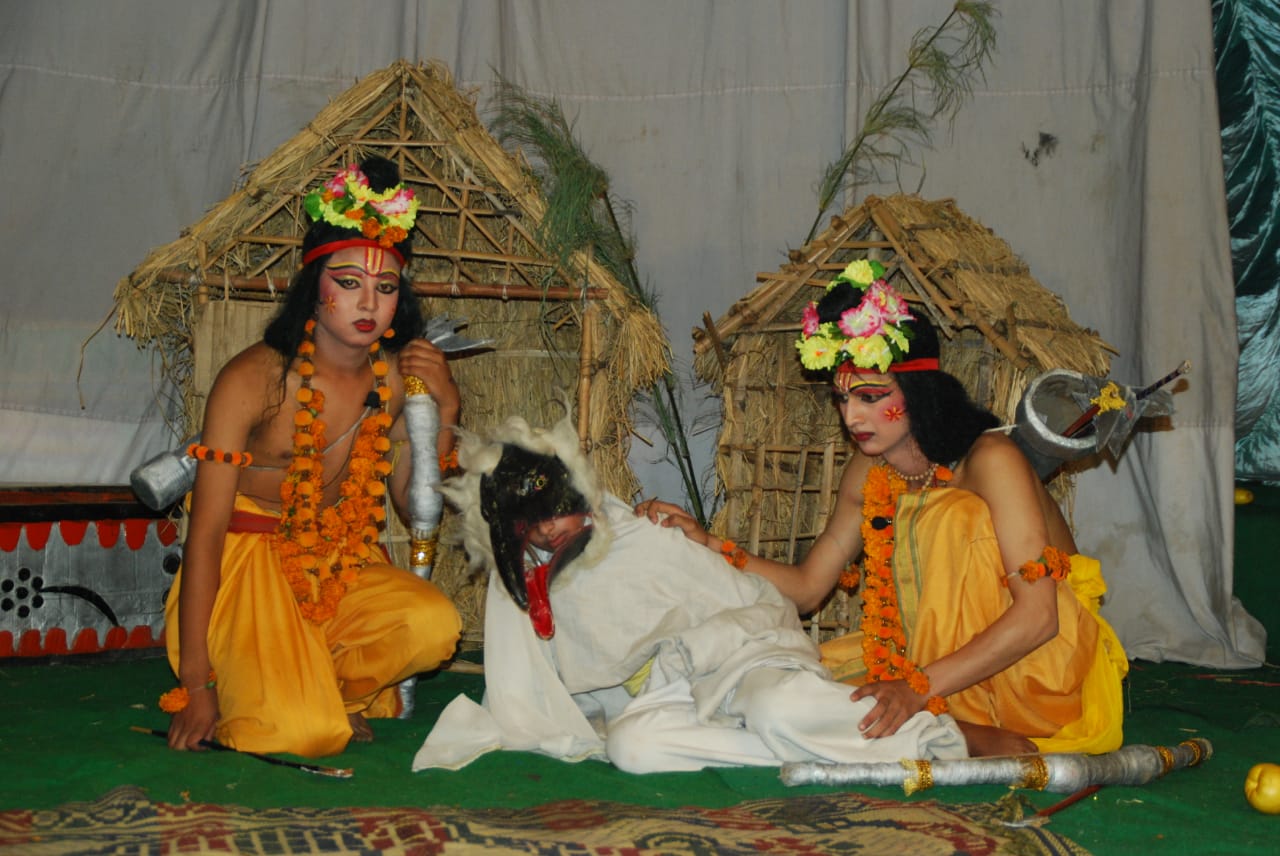
A summer send-off for Ravana
In Wan, however, the villagers are free only between April and June. And they have all the time to organise and participate in a community show of the scale of Ramleela, which involves a troupe of 50 to 60 people and a budget of up to a lakh of rupees. They even bring in a musician-cum-drama teacher from outside to train them. Also, the villagers get busy with their farming of aloo (potatoes) and chawli (black-eyed peas) from August. “We also have to cut grass, dry and store them for our cows and goats as feed during the winter months. Till October, we are so busy that we don’t even have the time to eat or drink properly,” Rajendra Singh Dhanu, a former Ramleela actor and a trek guide told Gaon Connection. Similarly, the Kumaoni village of Souni in Almora district holds its event in the summer as the workload is less in those months, according to Prakash Papnai, who has organised summer Ramleelas in Kumaon.
Papnai has himself organised summer Ramleelas in Kumaon. The first was in 2011 in Dehradun and the second time it was at the Nanda Devi temple in Almora, in 2014. These were experimental Ramleelas that incorporated the Kumaoni dialect and folk songs into it. “The local people were surprised at the idea of a Ramleela in summer, but turned up in big numbers. This experiment would not have been possible during the Navratri when musicians and actors are in high demand and wouldn’t be available to try out a new format,” Papnai recalled. He has himself played Sita as a teenager in the Ramleela and has also essayed the role of Ravana.
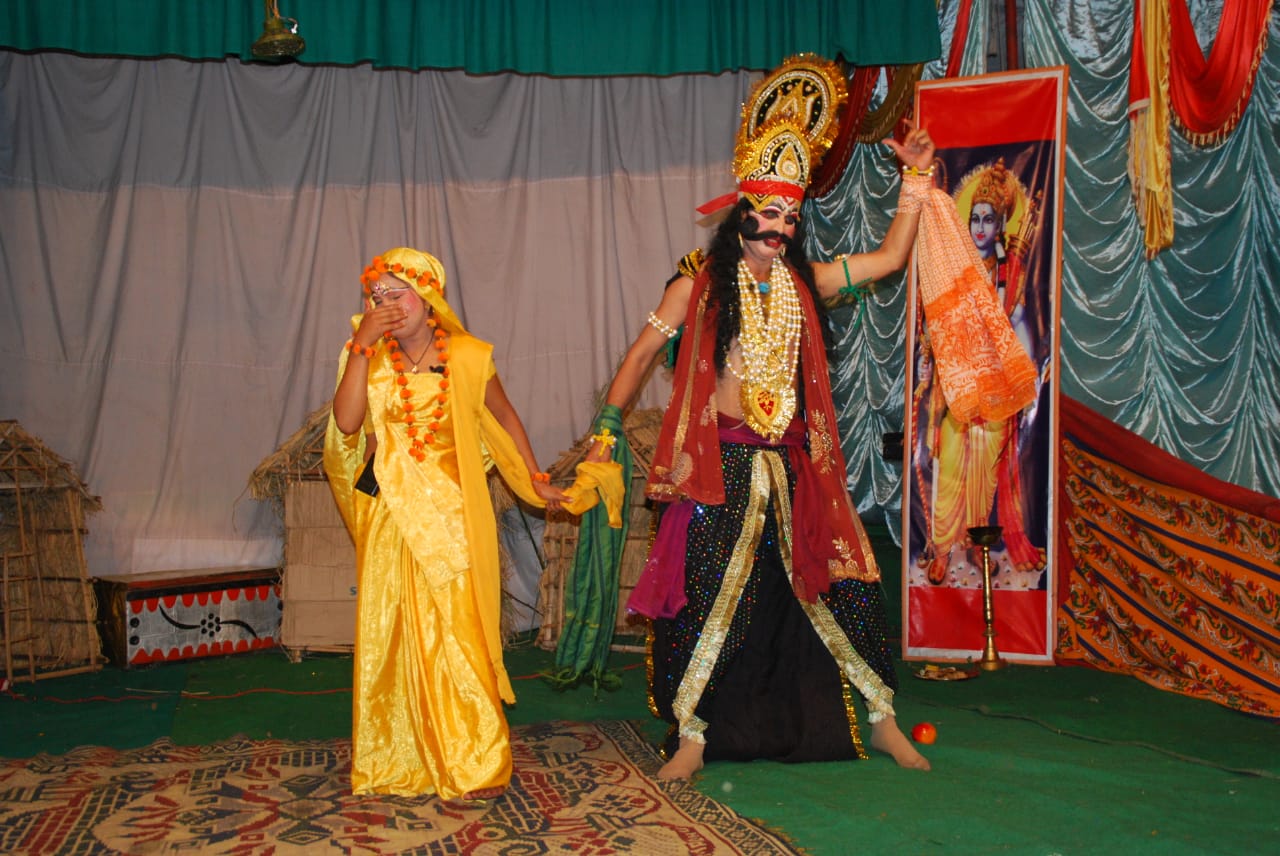
The Garmi Ramleela is more about community participation than any act of devotion, observed Nainital-based historian Shekhar Pathak. “Ramleela is essentially theatre, a means of community entertainment and engagement. So, it’s possible that people see it separately from the festival of Navratri and Dussehra and organise it whenever they find it convenient,” he said. “In fact, in Uttarakhand there are several versions of it — one of them is performed during the day by children, and there is also an all-woman-cast production. Some even perform the Ramleela during Diwali,” he informed Gaon Connection.
Sadly, summer Ramleelas are on the wane thanks to television, the Internet and other modes of entertainment. “Many young people and their families have migrated to towns for a better life, so there aren’t enough people to run the show,” rued Papnai. He cited the example of the summer Ramleela of Kothar village in Kumaon that wound up in 1998.
But Wan continues with its summer celebrations and the villagers’ excitement runs high as they watch good giving evil a drubbing to remember. Wan holds its Ramleela every alternate year. Fortunately, 2020 happens to be the non-performance year and so the villagers did not have to face the disappointment of calling it off. “We are hoping the pandemic doesn’t come in the way of our Ramleela next summer,” Bisht concluded.

